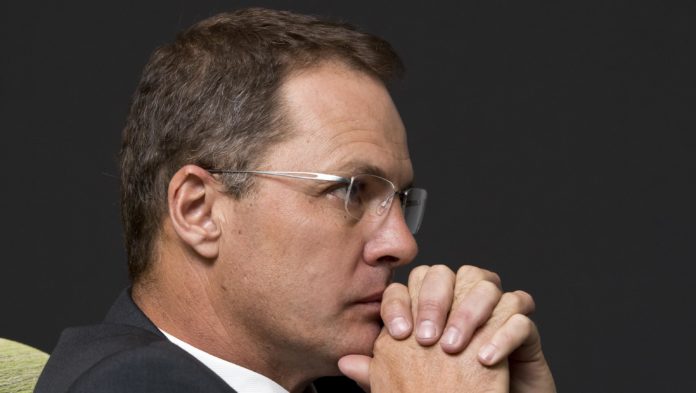
DRDGOLD maintained the final dividend at 40 cents per share and has committed the company to capital expenditure of R1.4bn in the current financial year despite outlining “a litany” of social and economic problems besetting South Africa.
“To do well here requires that a business face up to the reality of its environment, ‘making a plan’ and building internal capacity and redundancy,” said Niël Pretorius, CEO of DRDGOLD. The company spent R584m in capex in the 2022 financial year.
The company retreats mining dumps and tailings left by gold mining firms but its operations – Ergo east of Johannesburg and Far West Gold Recoveries (FWGR) next to Sibanye-Stillwater gold mines – sit beside stranded communities.
As a result, the company is at the forefront of social and economic pressures. South African unemployment was 33.9% in the second quarter, a slight improvement over the previous quarter.
Citing this year’s Fraser Institute survey, in which South Africa had the fourth worst jurisdiction for mining globally, Pretorius commented: “That does not mean that it is impossible to thrive in this jurisdiction – it simply means that the standards of political governance is not such that it enables and promotes business”.
Pretorius was commenting in the firm’s annual results ended June 30 in which DRDGOLD posted R1.12bn in profit compared to R1.44bn for the previous 12-month period. At R1.12bn, headline earnings for the 2022 financial year were 22% lower year-on-year.
Gold production and the gold price received were largely steady year-on-year at 183,902 ounces and $1,829/oz (R894,409/kg) respectively, but it was cost inflation that made its presence felt. Cash operating costs increased 11% in rand terms year-on-year to R600,875/kg “driven substantially by increases in the cost of key consumables, diesel, steel and cyanide”, the company said.
DRDGOLD guided to cash operating costs of approximately R685,000/kg for the current financial year following production of between 160,000 and 180,000 oz, slightly lower than the current year as a result of a marginal decline in grade.
“It’s hard to say where inflation is going while the Russia conflict is going on,” said Pretorius in an interview. “Obviously, energy increases are helping to drive inflation. We also are affected by reagent increases which accounts for 17% of Ergo’s costs and 25% at FWGR,” he added.
Capex despite security concerns
Asked about the company’s larger-than-normal capex budget for this year, Pretorius said doubling throughput at FWGR was a big part of that as well as the installation of some 60MW of solar power generation and storage facilities.
About 40MW to 45MW would be supplied to Ergo with the balance wheeled back into the national grid for use at FWGR, provided South African president Cyril Ramaphosa’s proposal in July to partially deregulate South Africa’s energy system took hold.
As a result, DRDGOLD would be largely off-grid once the solar plant was completed. But Pretorius said he was concerned about the deteriorating nature of South Africa’s society as a result of unemployment, crumbling infrastructure, and poor policing.
Theft had moved from gold to copper cabling and other infrastructure some of which was perpetrated by organised criminal gangs that were heavily weaponised. “There are crime enclaves that exist with people who don’t hesitate to shoot at staff,” said Pretorius. “As a result we have to be more strategic in a way that is proportional.”
The total dividend was 60c/share compared to 80c/share for the previous 12 months after DRDGOLD declared a lower interim payout. The company ended with cash and cash equivalents of R2.53bn as of June 30, 16% higher than at the year-end point in 2021.








